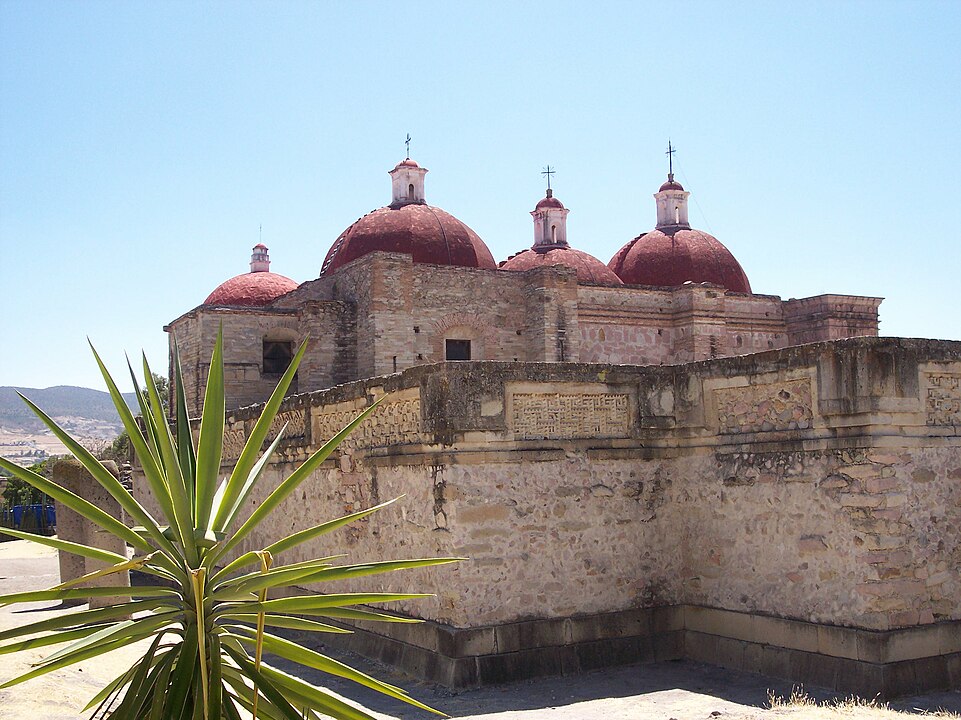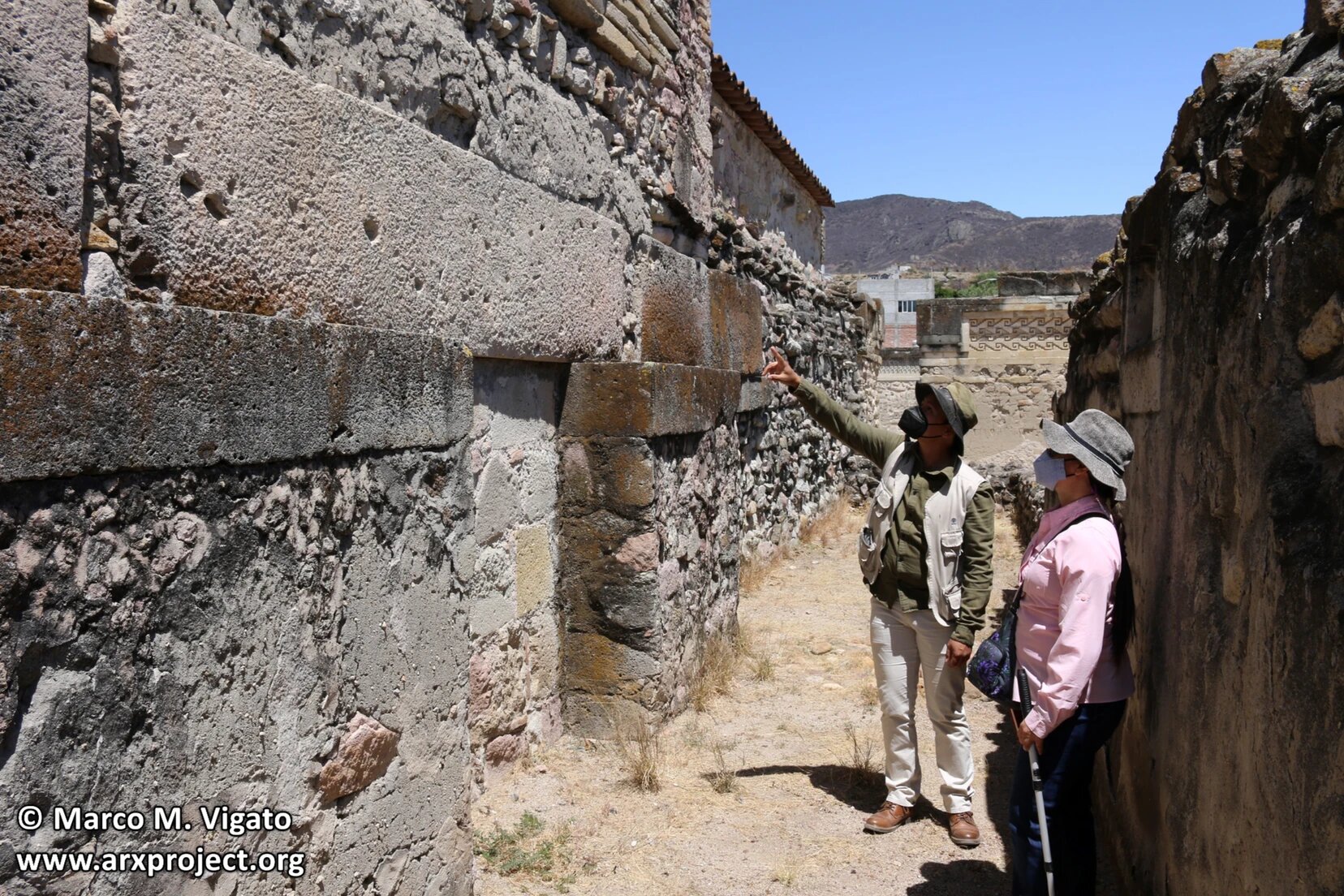
Archaeologists, utilizing advanced ground-scanning technology, have unearthed a secret passage leading to an ancient realm known as the “underworld.”
This hidden marvel was constructed by the ancient Zapotec civilization and lies beneath a Catholic church situated in southern Mexico.
Over a thousand years ago, the Zapotec people flourished near present-day Oaxaca, establishing a powerful state in the late sixth century BC.
They expressed their grandeur by constructing monumental edifices and adorning massive tombs with extravagant treasures. Moreover, within this subterranean network, the Zapotec created a complex arrangement of chambers and tunnels.
Main altar of the church purposefully built over a ‘sealed entrance’
Situated approximately 27 miles (44 kilometers) southeast of Oaxaca lies the architectural marvel of Mitla. This remarkable complex, adorned with extraordinary and detailed mosaics, served as the primary religious hub of the Zapotec civilization.
However, around the late 15th century, the Aztec conquest occurred, which likely led to the abandonment of the site. Subsequently, the Spanish repurposed the stone blocks from the ancient ruins to construct the San Pablo Apostol church approximately one century later.
It is believed that the main altar of the church was intentionally constructed above a sealed entryway. Beyond this seal lies an expansive subterranean maze of pillars and corridors that once belonged to a Zapotec temple known as Lyobaa, meaning “the place of rest.”
Project Lyobaa research investigation

Using modern geophysical techniques, the Project Lyobaa research team recently embarked on an investigation to validate this assertion.
On May 12, they made an announcement, revealing the discovery of an intricate network of caves and corridors beneath the very foundations of the church.
This discovery is a collaborative effort involving 15 experts, including archaeologists, geophysical scientists, engineers, and conservation specialists.
The team is comprised of esteemed members from the Mexican National Institute of Anthropology and History (INAH), the National Autonomous University of Mexico, and the ARX Project.
Use of three nondestructive methods
Employing three nondestructive techniques, namely ground penetrating radar, electrical resistivity tomography, and seismic noise tomography, the research team successfully generated a virtual 3D representation of the ancient underground remains.
These methods operate by assessing how electromagnetic and seismic waves interact with various layers of soil and other underground substances.
By placing multiple measuring devices around the church, the team captured valuable data regarding a substantial hollow space situated beneath the main altar, along with two interconnected passageways. However, these structures exist at a depth ranging from 16 to 26 feet (5 to 8 meters).
“The newly discovered chambers and tunnels directly relate to the ancient Zapotec beliefs and concepts of the Underworld,” explained Marco Vigato, the founder of the ARX Project, in an email to Live Science.
See all the latest news from Greece and the world at Greekreporter.com. Contact our newsroom to report an update or send your story, photos and videos. Follow GR on Google News and subscribe here to our daily email!



